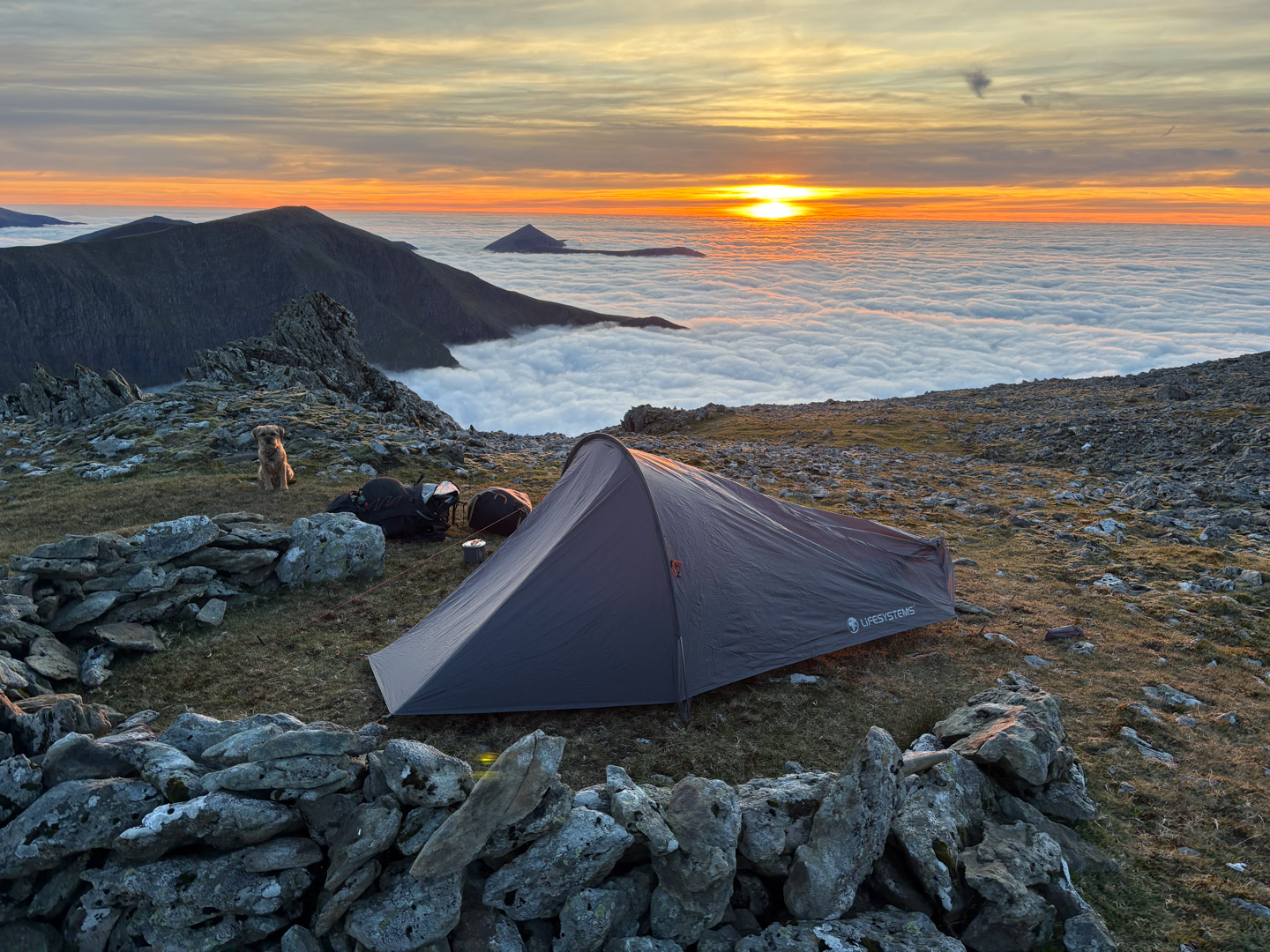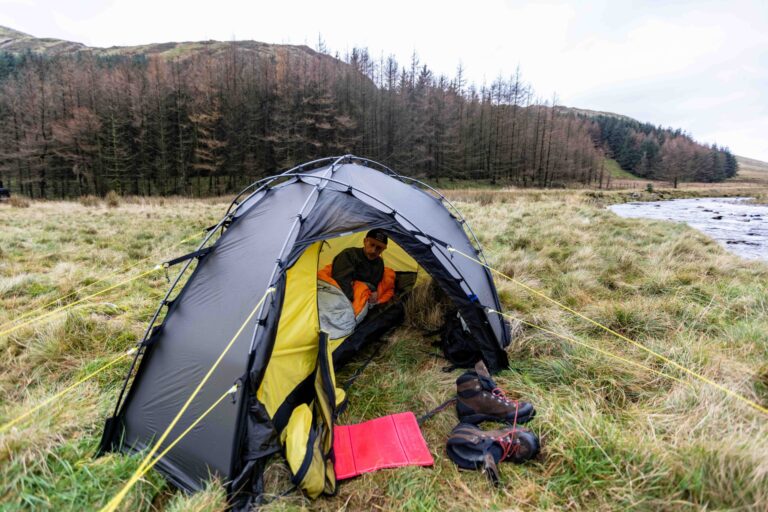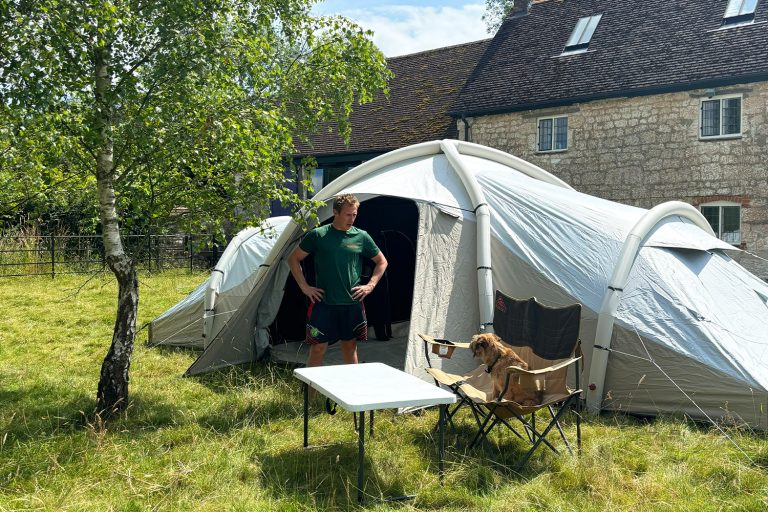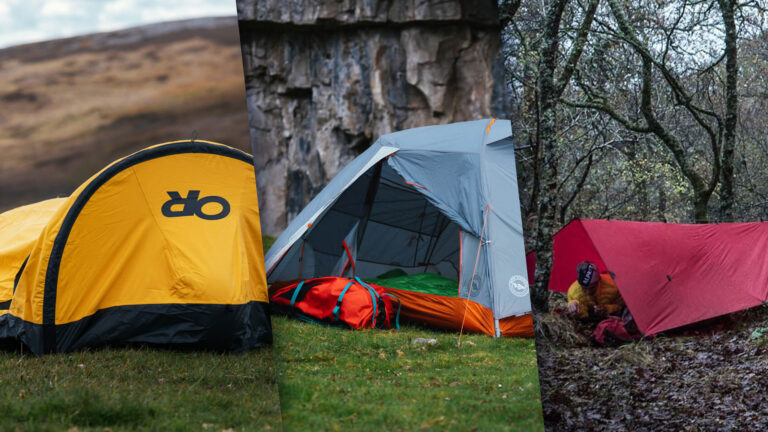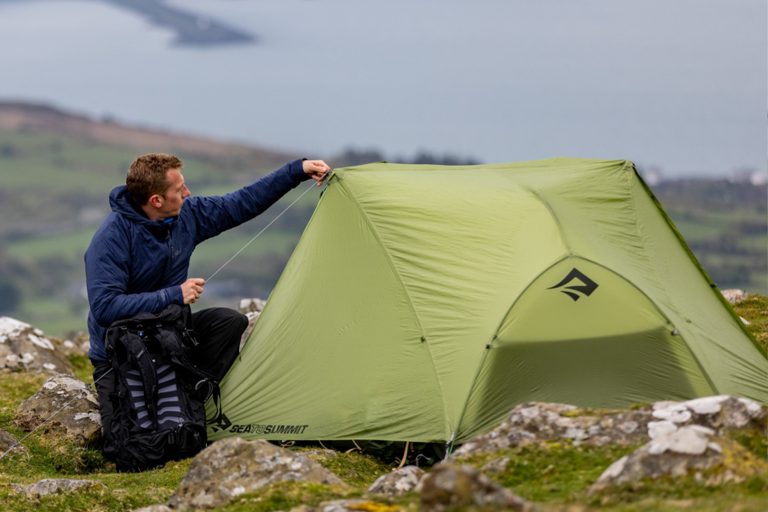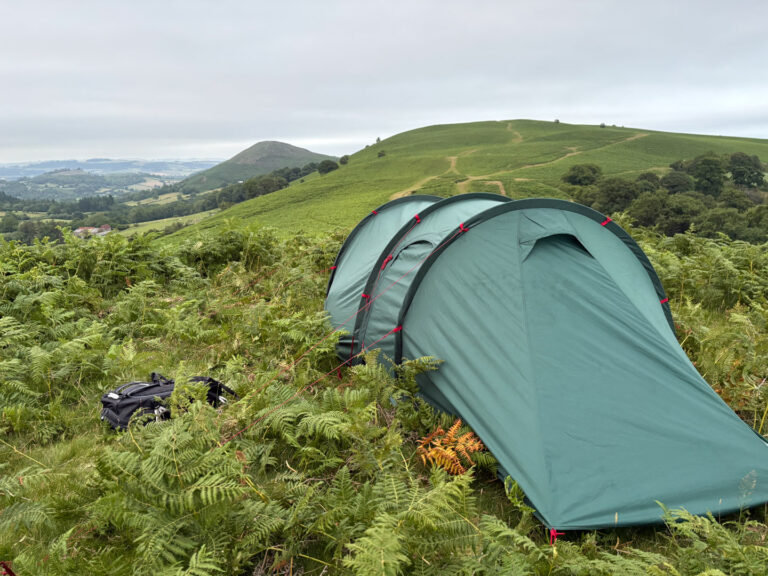After my first night with this, I was feeling a bit negative about it, but I decided to give it a second chance – and it redeemed itself greatly.
The story starts with a hike in the Carneddau mountains in Eryri. I’d decided to try this for the first time on a summit camp – admittedly always a risky thing to do. Just as the sun was setting, I began pitching it, expecting to be supping my whisky within moments. At least fifteen minutes later, with things now very gloomy, I had to give up on trying to get the flysheet anywhere near taut and settled into a very flappy tent with an unusually shaped footprint. That night ended up being extremely noisy, with the wind on the loose flysheet making it sound like I was sleeping in a crisp packet.
Related: Best One Person Tents Reviewed
I wasn’t ready to give up on it, however, so I decided to take it back out for another night, this time on more level ground and with more daylight available. Inspecting the configuration of the tent, I realised that the inner had arrived with two clips attached to the wrong corners of the flysheet. No wonder I couldn’t get the flysheet taut and the inner was skew-whiff. Of course, there’s a chance this was a pre-production sample or that it had been tested by someone at the brand prior to its seeding, so it might have been an isolated thing, but I still thought it was worth flagging up here, just in case it’s an issue others encounter. Ultimately, the lesson is that you should always suss out a tent before taking it up a mountain!
Lifesystems Solo Peak Tent: The Top Line
At just 1kg and packing down to a size smaller than a loaf of bread, this is a lightweight and convenient tent that should appeal to lightweight backpackers and adventure racers. The materials all have a good-quality feel to them, and it’s a tried-and-tested design.
Pros
-
Lightweight and small packed size
-
Good-quality materials
-
Subtle profile
-
Large door
-
Easy to pitch and pack away
Cons
-
The porch has quite a narrow width
-
Height might be a little low for some people
-
Quite basic in its design – fairly no-frills compared to some other modern tents
-
Door tabs are fiddly and especially difficult to use with cold or gloves hands
-
No mention of recycled materials or other sustainability efforts – though the inclusion of a repair kit is commendable.
Price: £230
Weight: 1000g
Buy The Lifesystems Solo Peak: £230 at Lifesystems.co.uk
How I Tested It
As I’ve already mentioned, I used this on an October summit camp in the Carneddau mountains of North Wales. I’ve also taken it on a woodland camp-out and it recently accompanied me on a trip to the Berwyns, where I encountered gusty winds of around 25mph and a lot of rainfall.
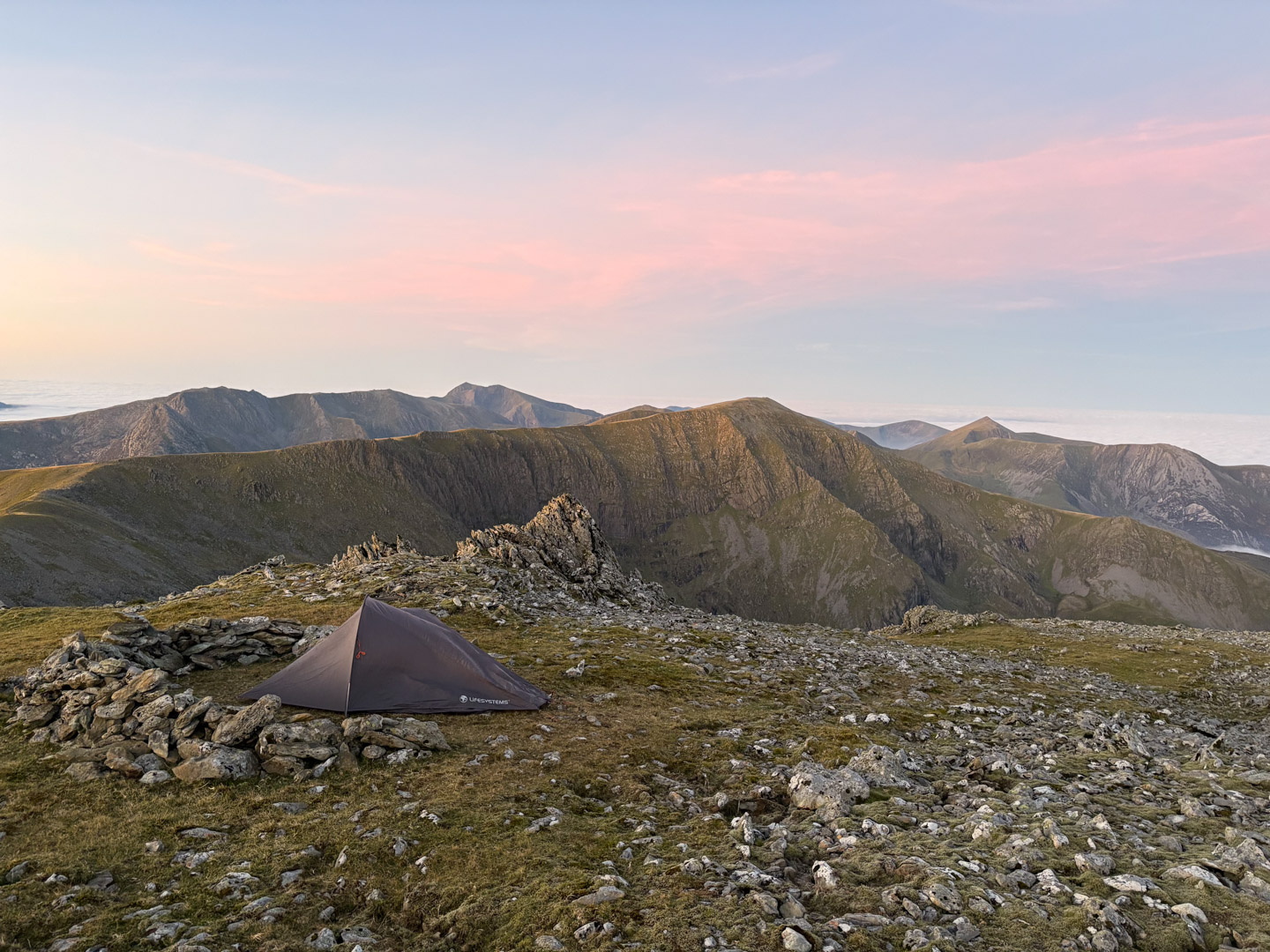
What to Expect
Like most lightweight tents, I’d say this isn’t something I’d want to expose to overly gnarly conditions. It’s best suited to three-season use, and if strong winds are forecast, you’ll want to keep at a low altitude or pitch behind some form of shelter. The low profile does make it sturdier than some of the other lightweight tents in its category – particularly ones from US brands that have heigh ceilings and steep, tall walls.
As a single-hooped tunnel tent – with a small pole propping up the end – it’s the kind of tent that should ideally be pitched with the narrow, low end facing into the wind to minimise the surface area that’s exposed. Sometimes, when the wind switches direction during the night, this can create issues for tents like this. The guylines can give some peace of mind here though, as you can orientate them to add stability in such instances, saving you from having to re-pitch the whole tent.
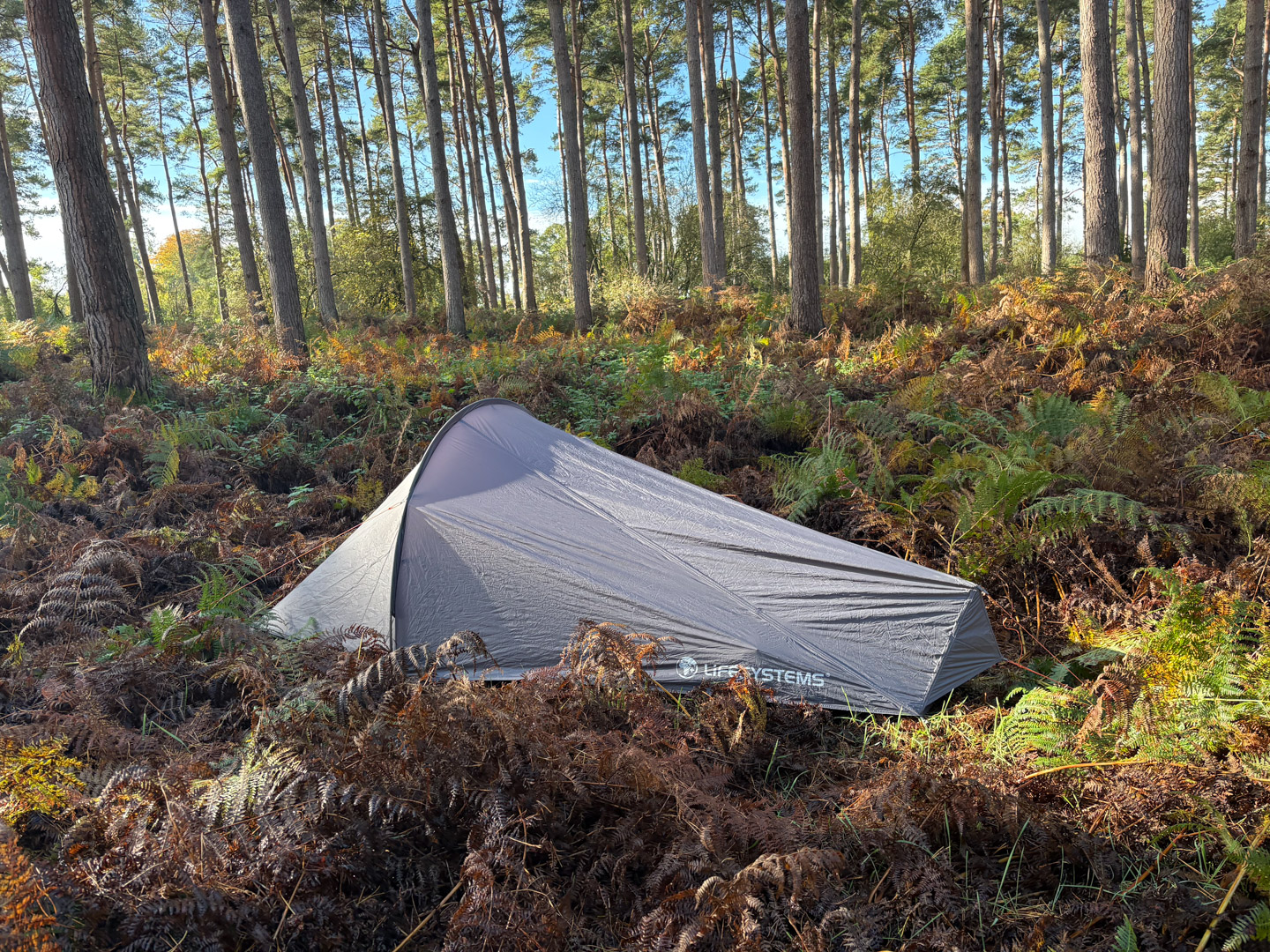
I haven’t had any issues with moisture ingress, and the 3000mm hydrostatic head has been enough for what I’ve used it for. As it’s been optimised for low weight, the base of the tent does feel very thin, however, and without lots of care and attention, I suspect it might pick up some small holes over time. Lifesystems do actually sell a separate groundsheet/footprint for this tent, and I think that would be a worthwhile investment if you plan on using it regularly or on rough ground.
A good thing for UK campers is the amount of ventilation here. There’s one reasonably large vent at the bottom end, and you can also open up the top of the zip on the flysheet. There’s a little wired cover over this, allowing airflow without exposing you too much to rainfall (unless it’s being driven sideways).
There’s one relatively large pocket on the right-hand side of the inner. It’s well placed and convenient for a phone and head torch, but it’s not something you can load up with lots of kit.
Space and Porch Size
I’m 5 foot 10 and have found that there’s plenty of space inside. The total length of the inner is 250cm, so this should be fine for most people. It accommodated both the tapered and rectangular mats I tried just fine, but it’s the height you need to be careful with. On my low-profile Therm-a-Rest ProLite, I had just about enough head clearance to sit up inside the tent, but my head touched the roof when sat on a thicker Therm-a-Rest NeoAir Xlite.
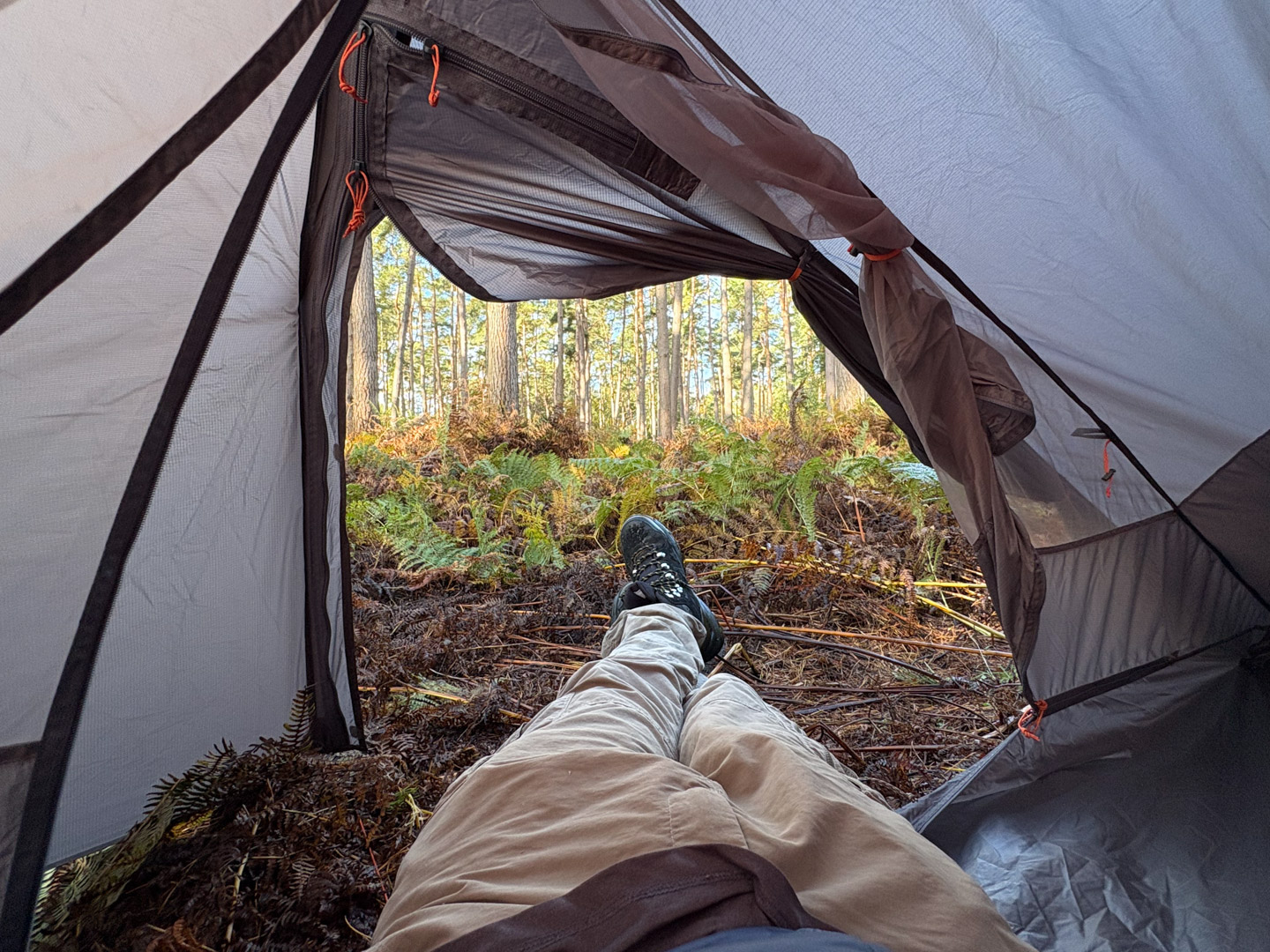
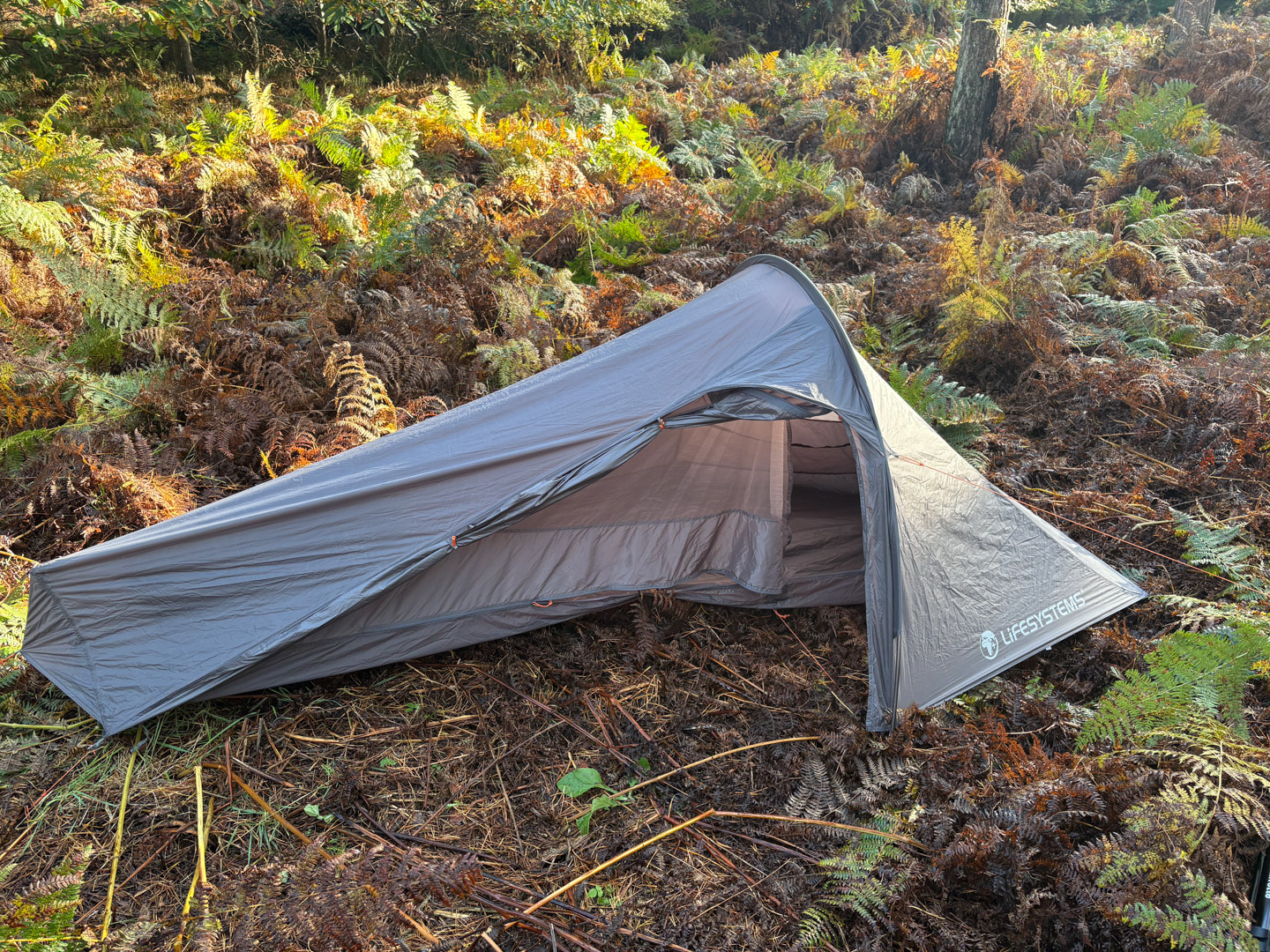
The porch space is long but quite narrow. I was able to store a 45-litre backpack and a pair of boots in it, with enough room left to climb in and out. To cook in it, I found I needed to clear out most of what was in my pack to free up space. To get a bit more room, Lifesystems sell a porch set (£20, 58g) that lets you prop up the flysheet door.
Ease of Pitching and Packability
Despite my initial problem pitching this, I’ve since found that getting it up and ready to sleep in is very quick and simple, and it’s pretty easy to get the flysheet nice and taut. The inner and outer can be pitched together, or the outer first. This means you can pitch it in the rain without leaving the inner exposed, and you can also use it as a basic shelter if you want to take a very lightweight approach.
I did find that the single pole at the end of the tent could do with a more reassuring sleeve to fix it into. Its base clips into a nifty plastic socket, but the top end just settles into a nook in the flysheet, and I do worry about wear and tear over time here.
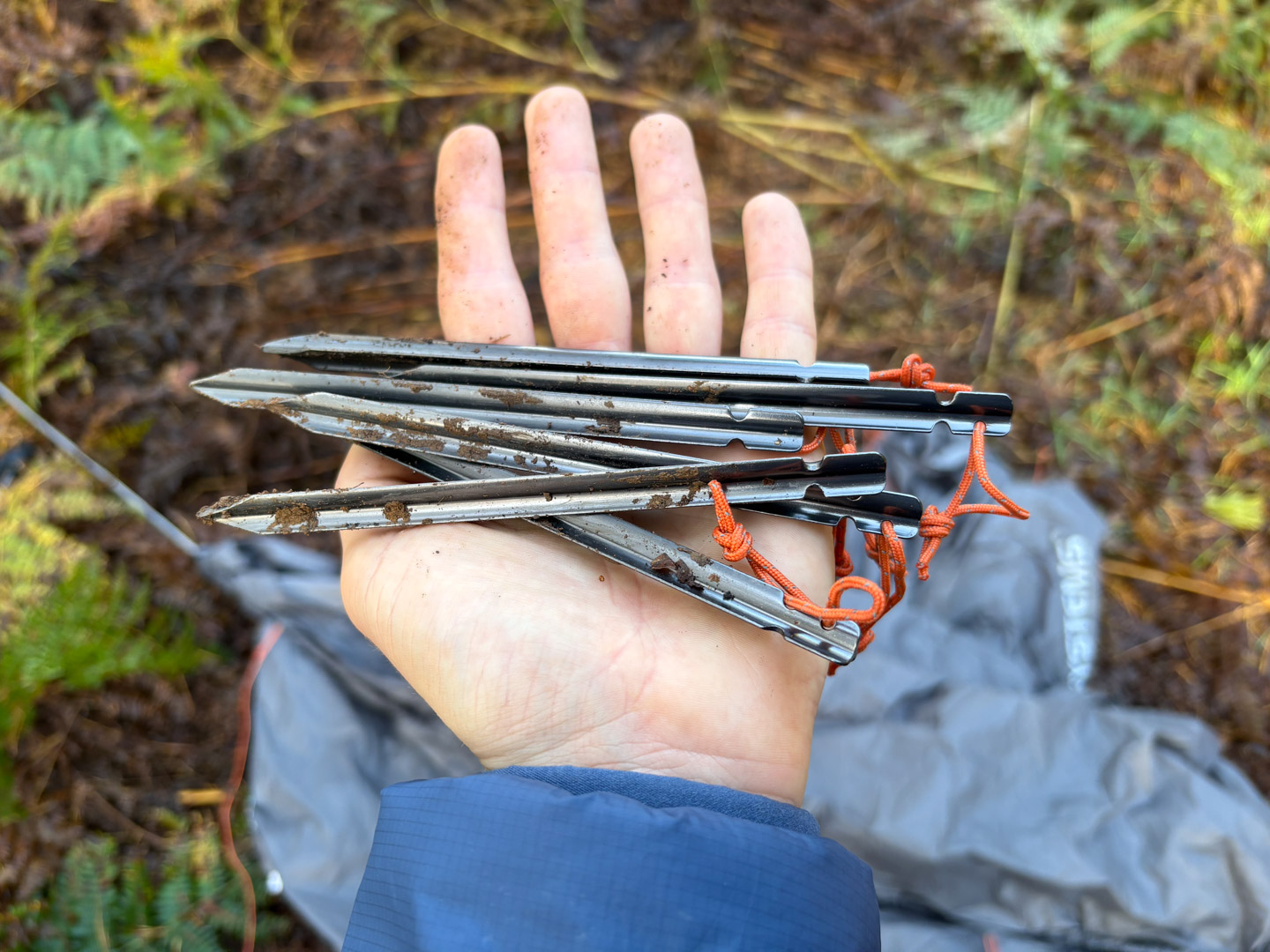
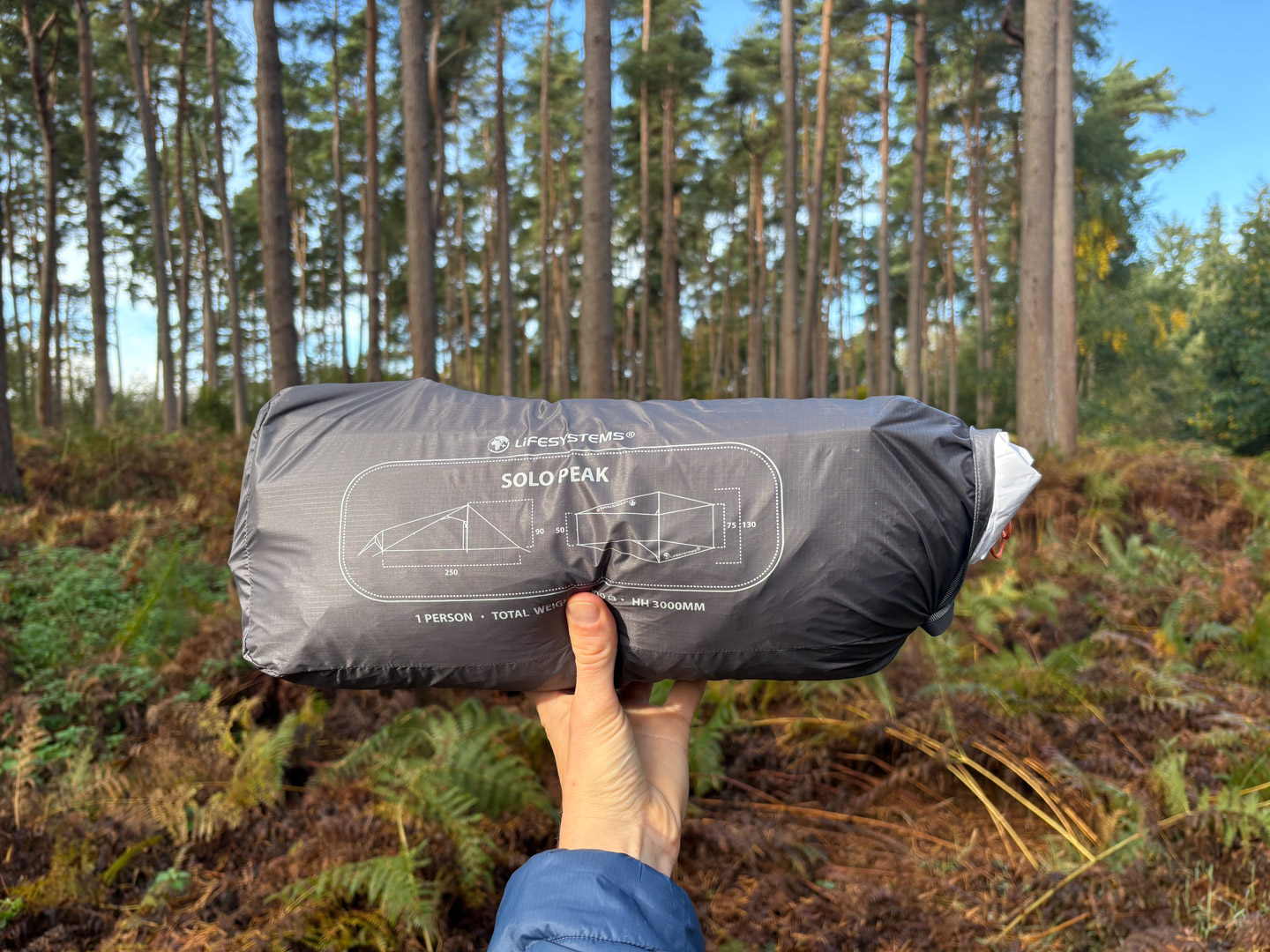
It comes with a generous ten pegs, which is a nice touch – all too often brands will give just enough, or even too few.
When I first received this in the post, I was struck by the packed size and shape. It’s very small and almost square-shaped. This makes it very easy to slot into your backpack or strap onto the handlebars of a bike. The waterproof stuff sack will help with the latter scenario too.
Verdict
Despite my initial issue, I’ve been impressed with this tent. It’s a decent, lightweight shelter that’s fairly priced given the materials all have a good-quality feel to them. OK, it’s not the most spacious tent out there, but that low profile can be a good thing if you want something aerodynamic and/or subtle.
I can see it having a lot of appeal to fastpackers and adventure racers – definitely people who take part in events like the OMM.
Ultimately, this is a one person tent for those who prize weight and packability above comfort – the kind of person who counts grams, pitches late, and moves early. It’s not one to lounge in during a day of sideways rain, but it’ll serve you well as a dependable, wind-shedding refuge for one-night hits or multi-day endurance routes.
Buy The Lifesystems Solo Peak: £230 at Lifesystems.co.uk

